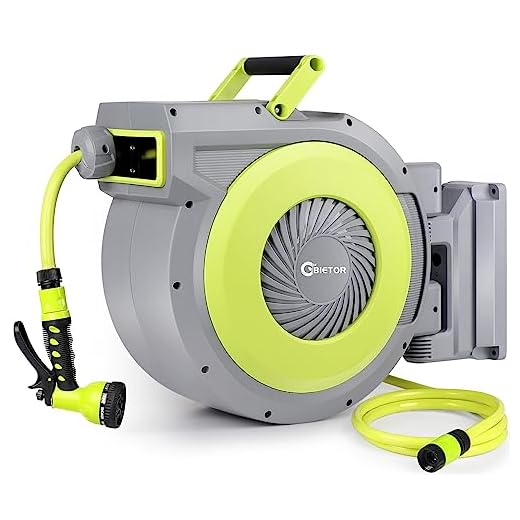



The simplest way to avoid twisting or tangling during use is to ensure the line is fully extended before starting any task. Always lay it out straight across the area you’ll be working in, eliminating any potential for bends or loops that could lead to frustration and damaged equipment.
Incorporating a high-quality reel can significantly reduce the risk of jamming. Look for a model that allows for smooth retraction and provides adequate support, allowing the tubing to coil neatly after use without creating stress points. Ensure that the reel is positioned at an appropriate height to minimise awkward angles when handling the tubing.
Consider investing in protective covers designed specifically for high-pressure lines. These can shield against wear and tear while providing additional structure when moving around tight spaces. Strong yet flexible options give the tubing the support it needs, maintaining its integrity over time.
Regular maintenance is key; inspect connections and fittings for any signs of wear. Tightening loose connections will help maintain the proper alignment and prevent tension that can cause unwanted strains. When the equipment is not in use, store it in a cool, dry area, ideally coiled without any sharp bends, to sustain its longevity.
Strategies to Prevent Hose Twists and Loops
Utilise a hose reel to store excess length. This helps maintain organisation and significantly reduces the chances of twists forming over time. Make sure the reel is rated for high-pressure lines.
Keep the length of your line manageable. If using a longer version, consider coiling it properly to avoid overlaps that lead to knots or twists. Avoid sharp bends while coiling.
Avoid tight angles when manoeuvring. Maintain straight paths whenever possible, and if you must negotiate corners, do so gently to prevent stress on the material.
Consider using a high-quality, lightweight variant made from materials designed to withstand stress. Some types resist pressure-induced wear and twisting better than others.
Incorporate swivel connectors at the ends. These allow for free movement without straining the line itself. They can make a notable difference in managing line behaviour during operation.
Regularly check for issues. Inspect the line for any signs of wear or damage that could lead to further complications. Addressing these problems early can safeguard against more significant failures.
Choosing the Right Hose Material for Flexibility
Opt for rubber or thermoplastic materials for your cleaning equipment lines. These options provide superior flexibility compared to PVC alternatives, allowing for effortless manoeuvrability during tasks.
Rubber hoses excel in durability and withstand extreme temperatures and pressures. They retain their shape under stress, reducing the likelihood of tangling or twisting. Thermoplastic models are lightweight and often come reinforced, making them ideal for projects requiring frequent movement.
Here’s a comparison table illustrating the key features of different materials:
| Material | Flexibility | Durability | Temperature Resistance | Weight |
|---|---|---|---|---|
| Rubber | High | Excellent | -25°C to 100°C | Heavy |
| PVC | Moderate | Good | 0°C to 60°C | Light |
| Thermoplastic | High | Very Good | -5°C to 70°C | Light |
Selecting a hose crafted from rubber or thermoplastic materials enhances user experience. An optimal choice minimises the chances of complications, ensuring a smooth operation time after time. Focus on flexibility and durability to improve performance during extensive tasks.
Proper Storage Techniques to Prevent Kinks
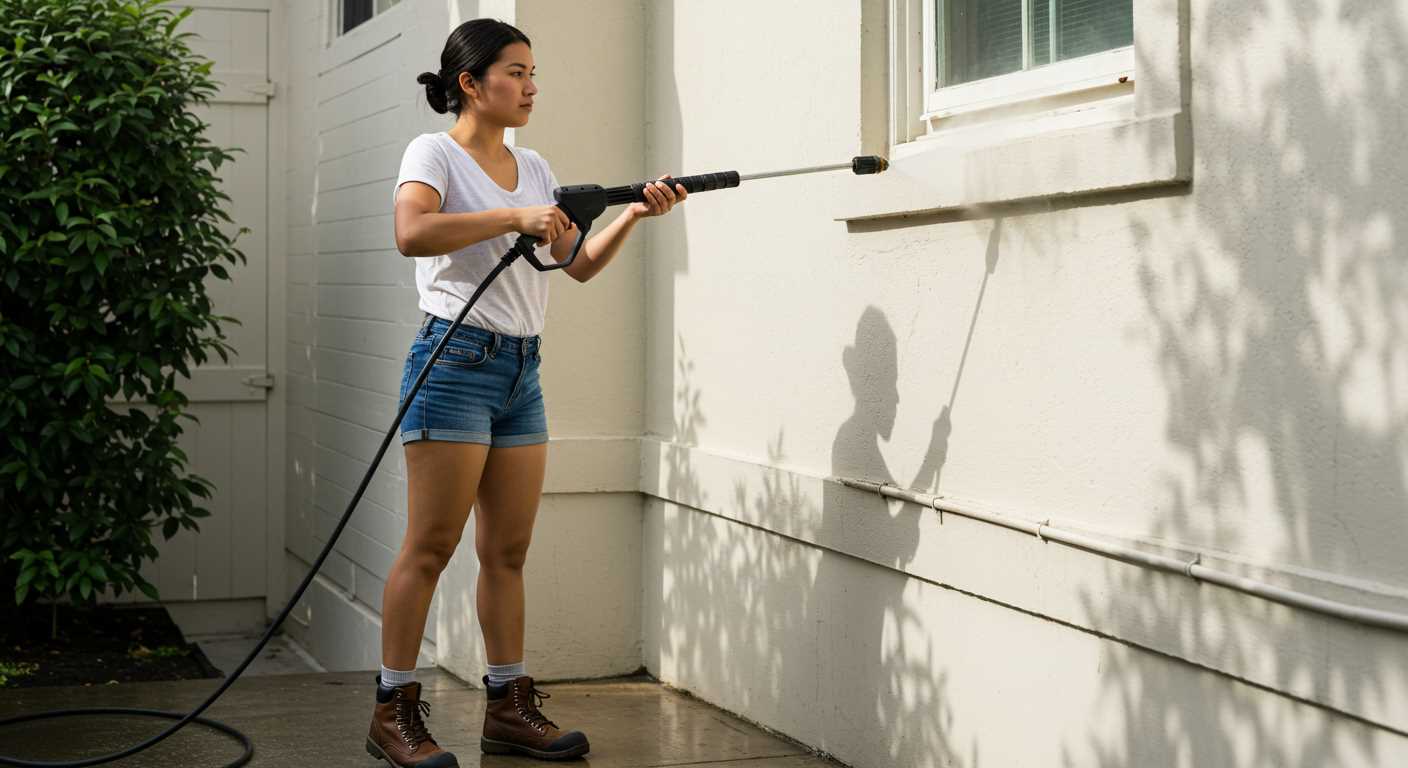
Utilising correct storage methods makes a big difference in maintaining the integrity of your cleaning equipment. Here are my recommendations:
- Coil the Line Correctly: Always coil the line in large, loose loops rather than tight circles. This technique reduces stress and prevents bends which can lead to damage.
- Use a Hose Reel: Investing in a hose reel allows for easy storage and deployment. Choose a model that supports the length and diameter of your line.
- Avoid Hanging: Hanging the line over sharp edges or hooks can create stress points. Instead, opt for flat storage on shelves or in dedicated storage bins.
- Store Indoors: Extreme temperatures and UV light deteriorate material quality. Always keep the line sheltered from direct sunlight or harsh conditions.
- Keep Away from Heavy Objects: Storing your line below heavy equipment can compress and damage it. Designate a specific area free from weighty equipment.
Regularly checking storage conditions and ensuring proper techniques are followed will extend the life of your equipment, enabling smooth operations when needed.
Using Hose Reels for Easy Management
Implementing hose reels is a practical solution for organising and storing cleaning equipment lines without tangles. Selecting a sturdy, wall-mounted or freestanding reel provides easy access while preventing stress on the tubing during winding and unwinding.
Choosing the Right Reel
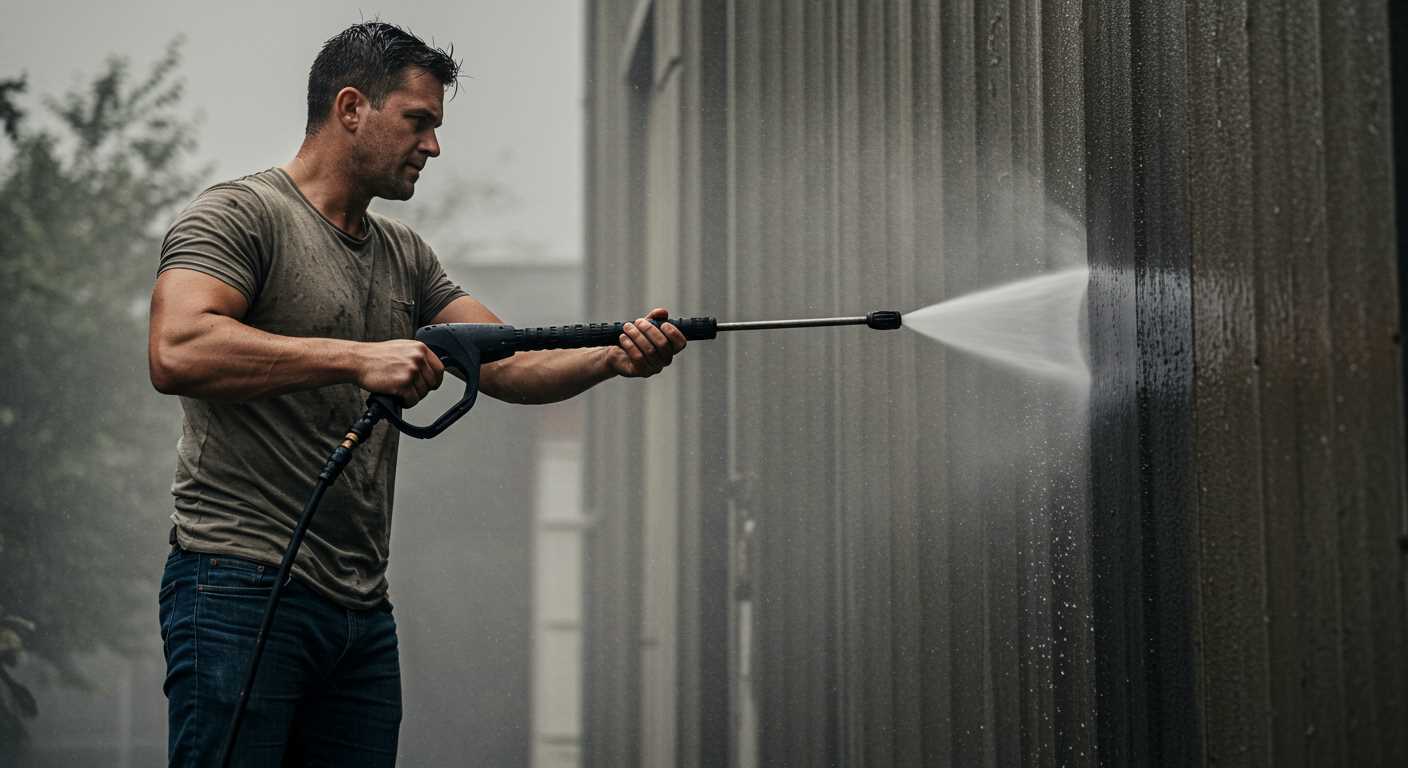
Opt for a reel designed for extended lengths, as it offers sufficient capacity to handle your equipment’s required reach. Look for models with automated rewind features to simplify storage. Additionally, consider units with swivel bases; they rotate with movement, minimising twisting and jamming.
Installation Tips
Mount the reel at an appropriate height for comfort and efficiency, ideally within arm’s reach but securely fixed to prevent accidents. Ensure the installation surface is sturdy enough to support frequent use. Regularly inspect the reel for wear and alignment to maintain its functionality and longevity.
By integrating a hose reel into your setup, you’ll experience less frustration with entanglement while extending the life of your equipment lines.
Maintaining Hose Integrity with Regular Inspections
Conducting routine examinations is imperative for ensuring longevity in your cleaning equipment’s tubing. I recommend inspecting for cracks, abrasions, or any sign of wear at least once a month. Check connections and fittings for leaks, which could indicate hidden damage that might lead to further issues.
During each inspection, ensure that the material is free from debris and any accumulation of dirt. A clean surface allows for better functionality and helps identify potential problems more quickly. If you notice any irregularities, it’s wise to replace that section before further use.
Look for Particular Stress Points
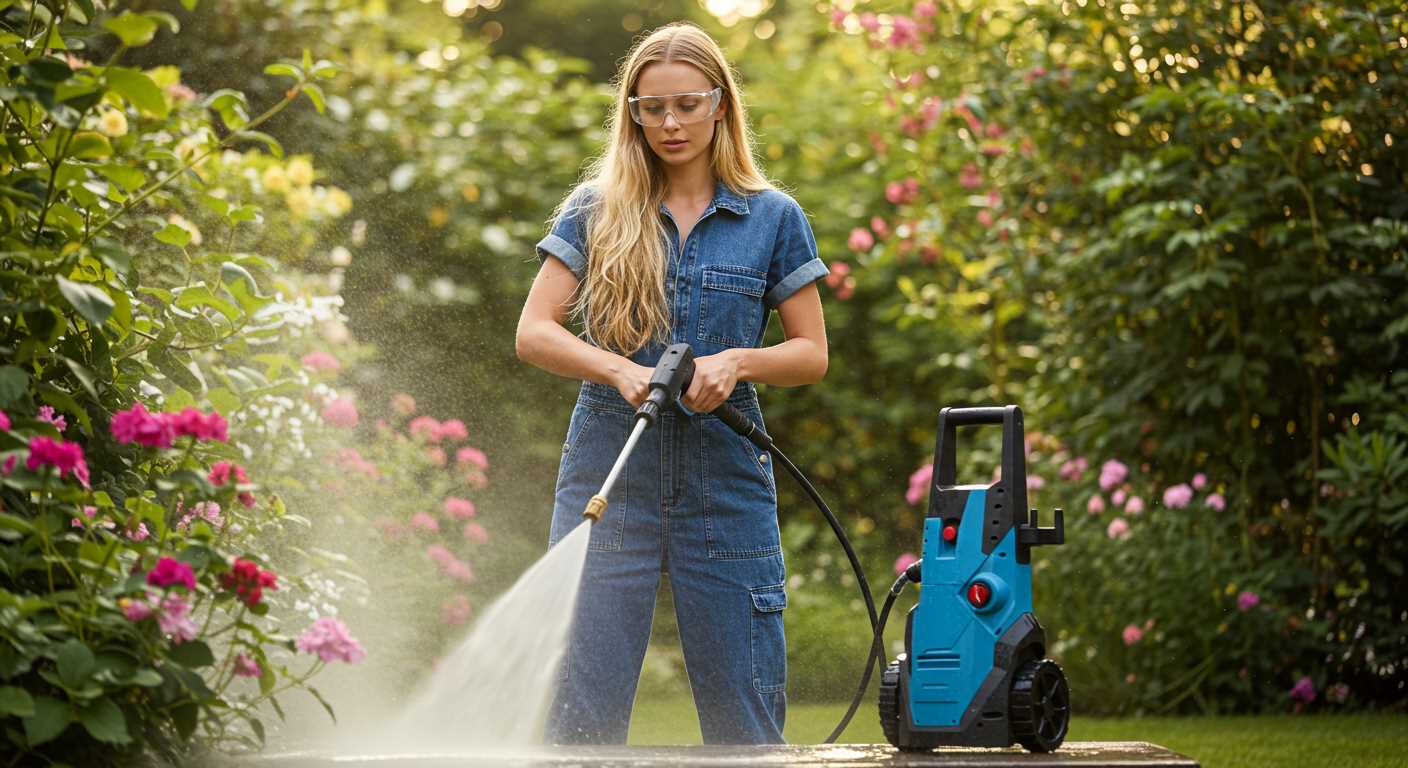
Pay special attention to areas that frequently bend or twist. These stress points are often more susceptible to damage. Ensuring there’s adequate support for these sections, such as using appropriate connectors, can prevent premature failure.
Document Your Findings
Keep a log of the condition of your equipment. Tracking changes over time can help identify recurring issues, allowing for proactive maintenance. Consider marking any repairs or replacements on a calendar, helping you stay ahead of potential problems.
Adjusting Workflow to Minimise Hose Strain
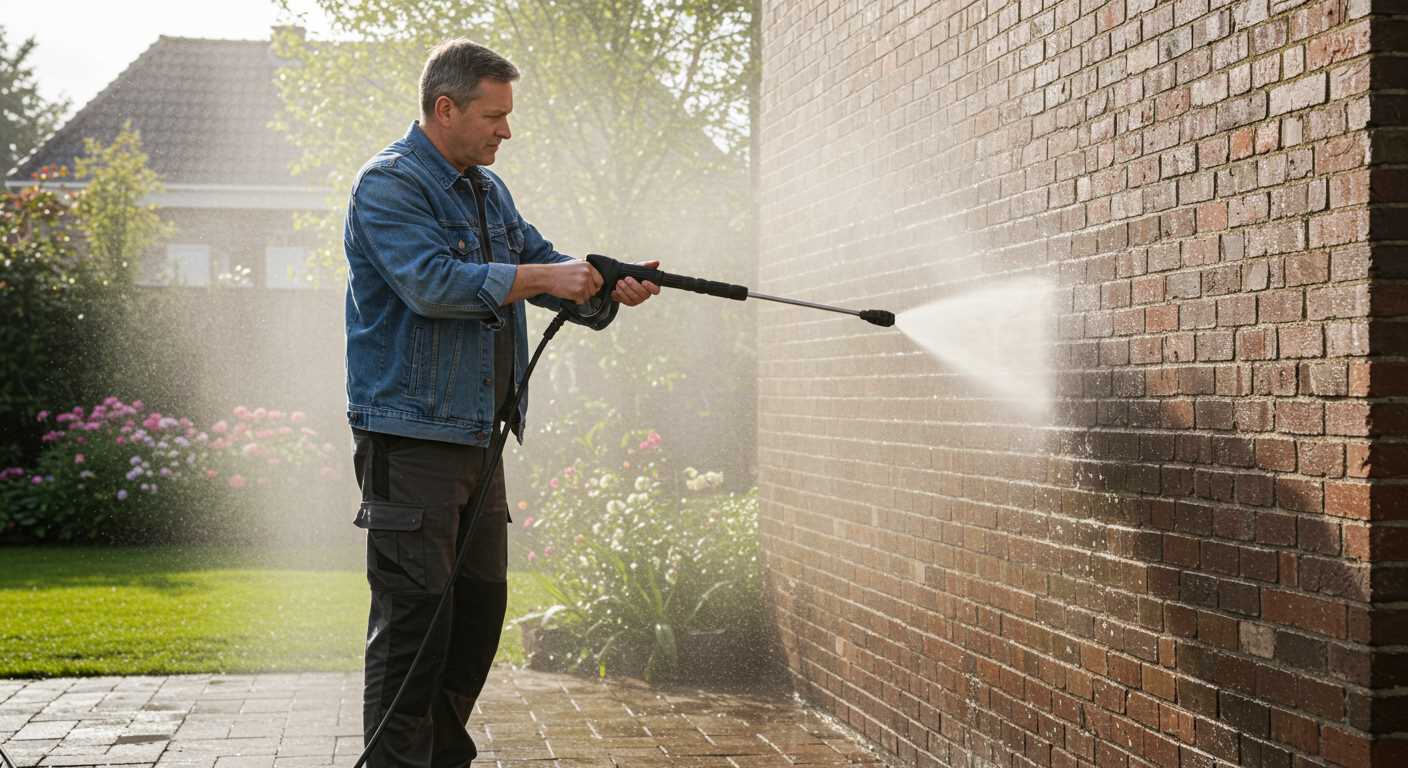
Prioritise a methodical approach to tasks. Always plan your cleaning area based on the length of your tubing and position of the water source. This prevents excessive movement and potential tangles. Map out the desired workflow, ensuring that you start from one end and progressively move towards the other, reducing the need for unnecessary repositioning.
Consider minimising sharp turns and angles by aligning your work area with your equipment setup. When using your gear, maintain a steady pace. Rapid movements can lead to abrupt bends, placing undue stress on the line. If working in tight spaces, take extra time to manoeuvre gently and avoid abrupt pulls.
In instances where you need to access different areas, consider using extensions or adaptors that allow for temporary stretch without twisting, which can cause friction and complications. Additionally, if you encounter an obstruction, rather than forcing your equipment to manoeuvre around it, reposition yourself and your gear instead.
Incorporate frequent breaks and inspections into your workflow. This offers opportunities to address any potential issues before they escalate. For instance, if you notice any signs of damage or an abnormal crimp, deal with it immediately rather than waiting until it impacts performance. A consistent routine in checking for strain points can significantly prolong the lifespan of your equipment.
Lastly, keep a dedicated maintenance kit at hand. Simple tools can assist in making adjustments on the fly and correcting any issues promptly, enhancing efficiency and keeping the operation seamless.
Repairing Damaged Areas to Avoid Future Kinking
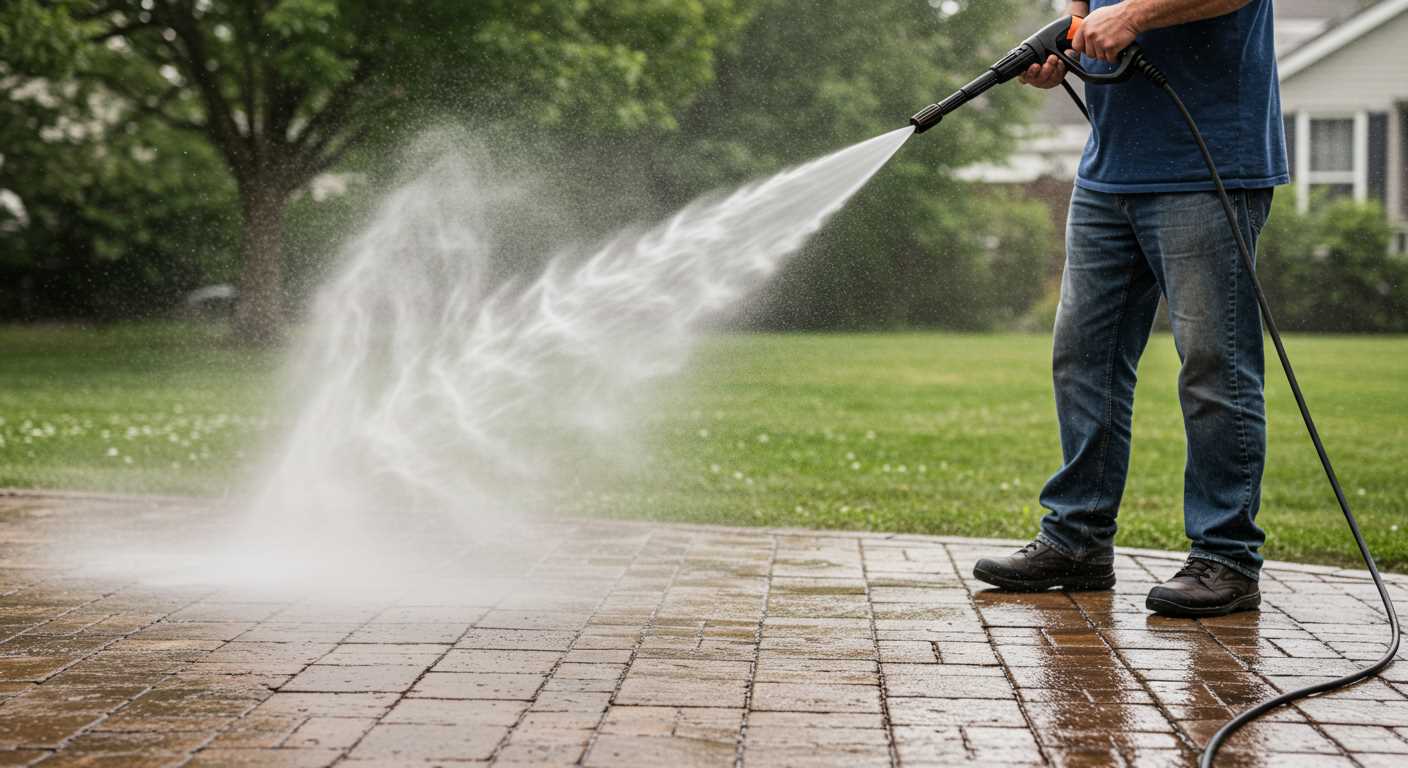
Addressing any wear or tears promptly is vital. Inspect the entire length for signs of deterioration. If you identify a compromised section, consider these options:
- Patch Kits: These are specialised for quick repairs. Ensure you clean the area thoroughly before applying the patch for better adhesion.
- Replacement Sections: If the damage is extensive, cutting out the affected segment and using a coupler to connect new sections is a robust solution.
- Heat Shrink Tubing: For smaller tears, applying this over the damaged area can provide a temporary fix until a permanent solution is feasible.
Replacement Strategy
Choose quality components when replacing any parts. Verify the compatibility of materials, as mismatched components can lead to further issues. Utilising high-grade seals and fittings will enhance longevity.
Regular Maintenance Routine
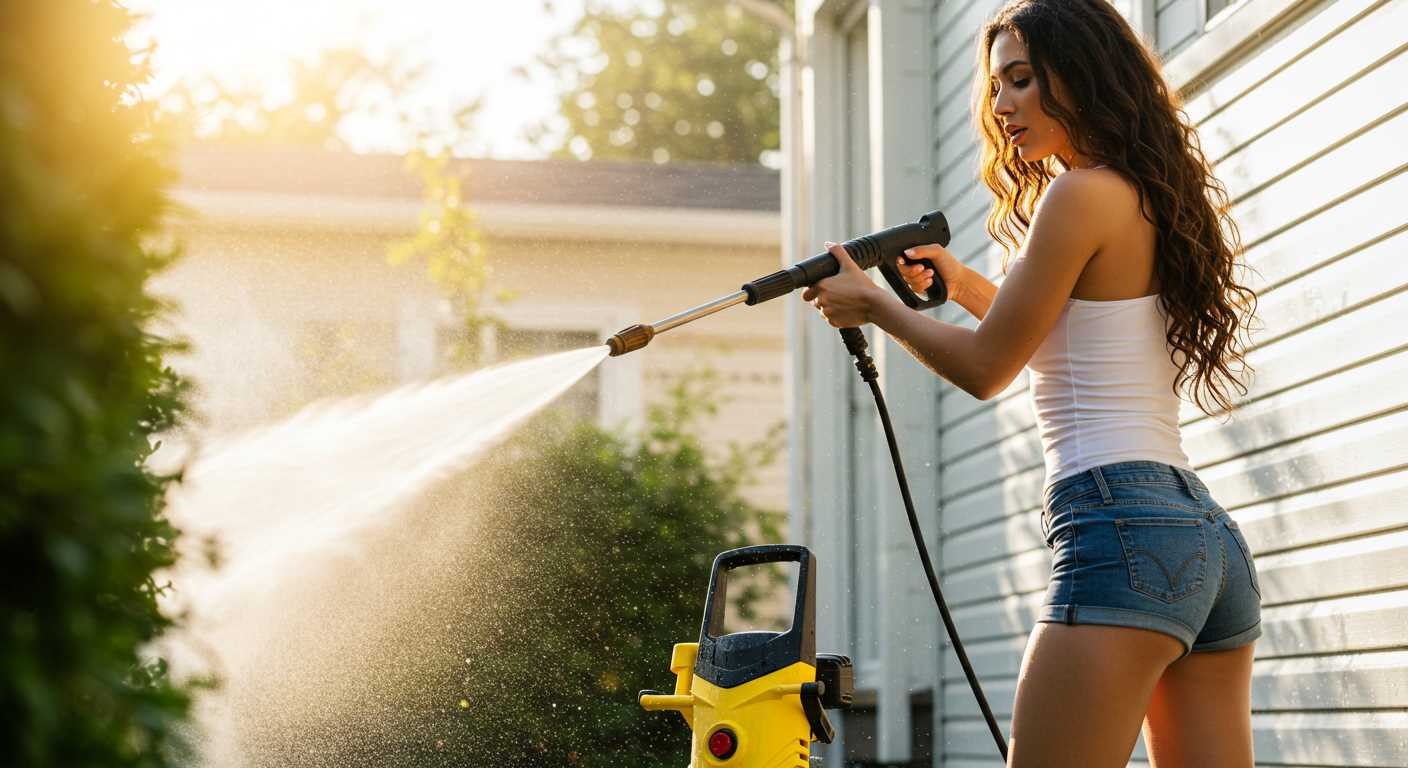
Integrate a routine to closely monitor the integrity of your equipment. This includes:
- Visual inspections before each use.
- Cleaning debris and residue regularly.
- Ensuring connections are secure and free from leaks.
Staying proactive in maintaining your equipment can prevent significant problems down the line, preserving flexibility and functionality.
FAQ:
What are some practical ways to prevent my pressure washer hose from kinking?
To keep your pressure washer hose from kinking, consider the following methods: First, always store the hose in a coiled position, ensuring that it is not twisted. Use hose reels or organizers designed for pressure washer hoses to facilitate neat storage and prevent tangles. When in use, try to lay the hose out straight with minimal bends and avoid sharp corners. Additionally, investing in a higher quality, more flexible hose can reduce the likelihood of kinking during operation.
How does the length and material of my pressure washer hose affect kinking?
The length and material of your pressure washer hose can significantly influence the tendency to kink. A shorter hose generally has less chance of tangling, while longer hoses may be more prone to kinking as they are more difficult to handle. Regarding materials, hoses made from more flexible materials tend to coil and bend easily without kinking. Conversely, hoses made from stiffer materials may hold their coils and create kinks more readily. It’s advisable to choose a hose that strikes a balance between length and flexibility for optimal performance.








